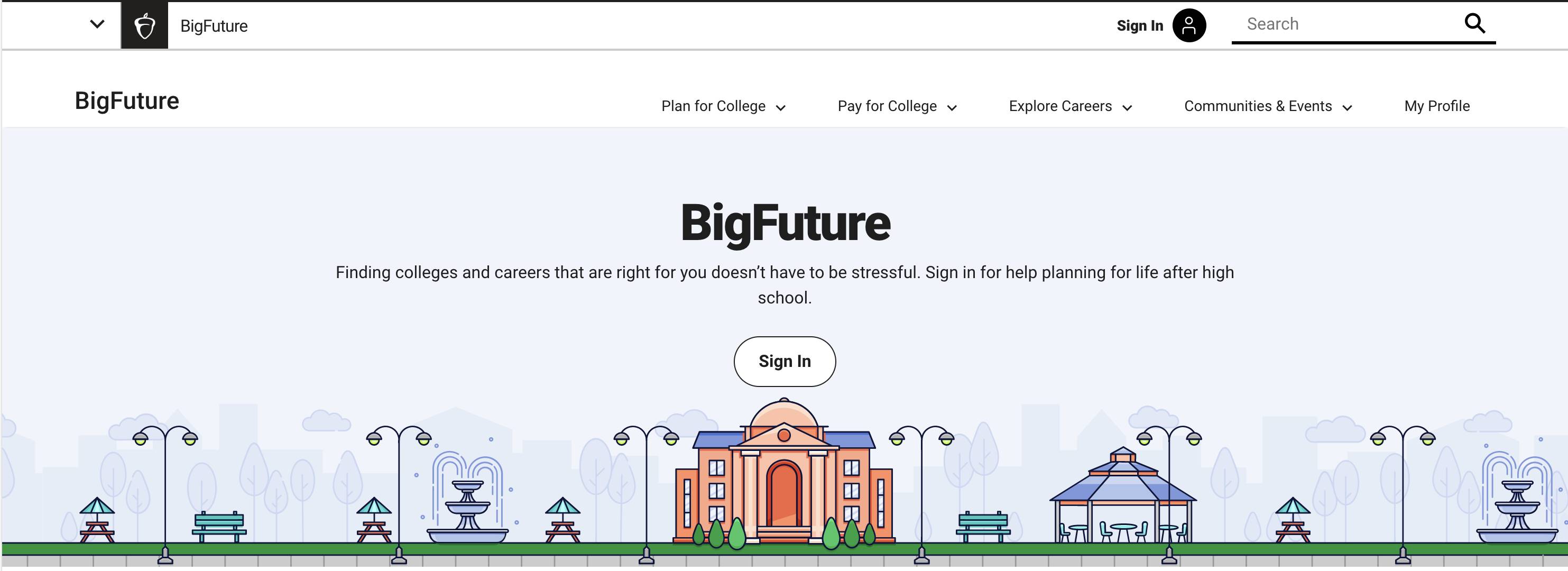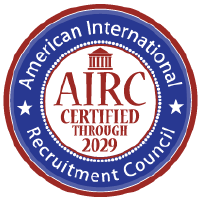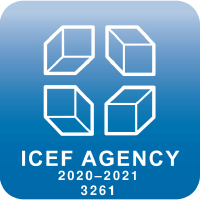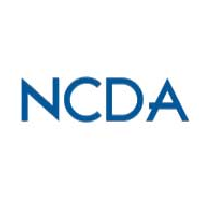
微信客服
wholerenguru3 (厚仁学术哥)
大学理事会及其资源
最近,我收获了一个很棒的网站资源,为学生父母和开始准备或者正在准备申请美国大学的学生提供院校信息,它就是:https://bigfuture.collegeboard.org/。该网站是美国大学委员会的产品,正如我们所知,这个非盈利组织开发和管理美国高校使用的标准化考试,作为大学招生过程的一部分。该网站是该组织为那些寻求高等教育知识的学生开发的,是他们可以获取教育资源的工具之一。该组织成立于1899年,其目的是“通过并公布一份声明,说明中学教育在下列学科以及其他学科:植物学、化学、英语、法语、德语、希腊语、历史、拉丁语、数学、物理、动物学”中应涵盖的领域和追求的目标,以及一份适合作为大学入学考试的应试计划。[https://archive.org/details/cu31924031758109]
大未来网站欢迎家长和学生“找到适合你的大学和职业,不必有压力。”为高中毕业后的学习生活规划提供帮助。”它不仅有助于学生规划大学生活,还拥有关于如何了解大学成本(国内学生)以及长期规划与职业探索。让我们浏览每个领域,并让我告诉你什么是最重要的。

大学规划
这是该网站最重要的部分,为不熟悉大学申请流程、大学本身或想要获得大学学位需要哪些资源的年轻学生提供了最多的信息。
在“大学基础”部分,学生可以了解现有的大学类型,查看重要信息,如大学的规模,大学校园,社区学院以及如何从两年制大学转到四年制大学。对于我在WholeRen工作过的接触到的学生来说,大多数人都把排名放在第一位,而没有考虑到大学的一个非常重要的因素:学生人数,这将影响师生比例。

考虑到语言障碍和适应美国文化的问题,许多国际学生在规模较小的学院或大学会表现得更好。在规模较大的大学,可能有更多的专业分支,学生很少有机会获得资源,因为需要在更多的学生之间共享资源。与学生密切合作的指导老师也较少(同样,考虑到每个导师与这么多学生合作时,人员配备资源有限)。虽然大学基础部分只是简单地介绍了规模较大的大学和规模较小的大学利弊,但这是一个需要开始考虑你自身个性的地方,当你开始探索大学本身时,它更适应哪一种类型的环境。
在这个标签下,“大学搜索”标签对于刚开始探索的学生来说非常有用:在这个标签下,学生可以根据地点、专业、类型和校园生活来搜索大学。地点和专业的重要性是不言而喻的,所以让我们来讨论一下大学类型和校园生活意味着什么。“大学类型”搜索允许学生搜索两年制和四年制的本科大学以及大学类型(公立和私立),但也可以搜索更具体的变量:特殊类型的大学(例如所有的女子大学)和有不同学习选择的大学(例如,提供英语作为第二语言的大学、荣誉本科和提供远程学习的大学)。
“校园生活”选项允许学生根据学校的规模、环境(如城市)、校园活动类型(如乐队、校报)、校园服务(如少数民族学生服务)和残疾支持服务来搜索学校。这个选项可以根据学生希望从他们的大学生活中获得什么体验来缩小大学搜索范围——在城市环境中学习意味着有机会接触充满活力的城市生活和获得校外实习/工作的可能性,而在农村环境中,学生则更专注于他们的校园生活,创造一种更独立自我的、与学生相关的大学体验。
大学费用
这个选项不仅可以帮助学生理解,而且可以计算他们的大学费用。这可能是国际学生唯一有用的部分,因为他们没有资格申请联邦资助的奖学金。虽然大多数奖学金是为美国公民或居民提供的,但也有一些奖学金没有这样的要求,而是可能有其他规定(例如必须是新闻学专业),所以如果学生想了解他们可以申请什么非联邦资助,这是值得搜索的。
职业探索
在这个选项下,学生可以从一个五页的小测验开始——它没有正确或错误的答案——然后会产生一个供学生参考的职业道路清单。职业道路清单不仅提供职位描述,还提平均工资,所需的教育水平,以及非常重要的预估就业增长。如果你是一名高中新生,预估工作增长是至关重要的,要知道,当你完成所有必要的教育时,你感兴趣的职位仍将存在并不断增长。

如果你已经有了想要探索的职业,“职业搜索”框允许你输入职位名称,和前面一样,你会看到平均工资,所需教育和预期工作增长。
“职业集群”选项汇集了一组具有相似特征的工作(例如在医疗行业工作),并提供视频供学生观看。例如,如果一个学生想成为一名医生,但不确定想成为哪一种医生,则有视频讨论麻醉师是做什么的。同样,这些视频并不能涵盖各行各业所有领域,但这是一个起点。
最后,这部分还会介绍专业,帮助学生理解进入大学后可以选择学习的具体领域;这些学科被分为人文学科或商科等类别。

结论
现在有这么多不同的网站,还有一些不明作者(毕竟,现在任何人都可以创建网站!),大未来是家长和学生开始了解高等教育的优秀起点,从而允许他们对个别学校网站进行更深入的研究。
Headline: How to Begin Your College Search: Big Future
Abstract: The College Board’s website, Big Future, is an excellent website for younger students starting high school — not only does it offer basic information about the college process, including college prep and the college application, it provides a useful search engine allowing students to select university characteristics to narrow down their initial school list. This article goes over the most useful parts of the website for students and parents to explore.
The College Board and its Resources
I was recently introduced to a great resource for parents and students starting (or in the midst of) the college application process: https://bigfuture.collegeboard.org/. This website is a product of the College Board, and for our information, this non-profit organization develops and administers standardized tests used by post-secondary education institutions as part of the college admissions process. This website is one of the resources and tools that the organization maintains for students seeking post-secondary education knowledge. Founded in 1899 (yes!) the organization’s intent was to “adopt and publish a statement of the ground which should be covered and of the aims which should be sought by secondary school teaching in each of the following subjects (and in such others as may be desirable), and a plan of examination suitable as a test for admission to college: Botany, Chemistry, English, French, German, Greek, History, Latin, Mathematics, Physics, Zoology”.
The Big Future website welcomes parents and students with “Finding colleges and careers that are right for you doesn’t have to be stressful. Sign in for help planning for life after high school.” Not only does it help students plan for college, but it also has resources about how to fund college costs (domestic students) and also for long term planning with career exploration. Let’s go through each area and allow me to highlight what is most important.
Plan for College
This is the most robust section of the website, and has the most information for younger students unfamiliar with the college application process, college itself, or the resources needed to attain a college degree.
In the ‘College Basics’ section, students can learn about the types of colleges which exist, looking at important factors such as college size, the college campus, community colleges and also, transferring from a two year college to a four year one. For the students I work with at WholeRen, most consider ranking first and foremost, without thinking about a very important variable when it comes to college: the student body size, which then impacts the student to faculty ratio. Many international students would fare better at a smaller college (or university) given language barriers and issues in adjusting to U.S. culture. At larger universities, where more majors may exist, students often have less access to resources (given the need to share resources amongst more students) and there are less advisor who will intimately work with students (again, given limited resources for staffing when there are so many students for each advisor to work with). While the College Basics section only briefly covers the pros and cons of larger versus smaller colleges, it is a place to start considering your personality, and how it may be more adaptable to one type of setting versus another as you begin to explore the colleges themselves.
Under this tab, the ‘College Search’ tab is incredibly useful for students just starting out: this is where students can explore colleges by location, majors offered, type and campus life. Location and majors are self explanatory so let’s just discuss what type and campus life searches mean. The ‘type’ search allows students to search two and four year colleges along with college types (public versus private) but also more specific variables: those with a special mission (all women’s colleges, for example) and those with varied study options (e.g., those that offer English as a Second Language courses, Honors Colleges, and those that offer distance learning).
The Campus Life tab will allow students to search for schools based on size, setting (e.g., urban), types of campus activities (e.g., marching band, college newspaper), campus services (e.g, services for minority students) and disability support services. This tab can narrow the college search down based upon what a student might want from their college outside of the classroom experience — studying in an urban setting means access to a vibrant city life and the potential for off campus internships/jobs, whereas in a rural setting, students are focused on their campus life, thus creating a more insular, student-connected college experience.
Pay For College
This tab can help a student not only understand, but calculate their college costs. This is likely the only useful section for international students as they cannot qualify for federally funded scholarships. While most of the scholarships are for U.S. citizens or residents, there are some which have no such requirements and instead may have other specifications (e.g., must be studying journalism) so it does warrant a review should students want to see what non-federal aid they may apply for.
Explore Careers
Under this tab, students can start with a five page quiz –where there is no right or wrong answer — which will then produce a list of possible career paths for a student to consider. The career paths not only offer a job description, but also median salary, level of education needed, and very importantly, the projected job growth. If you are a freshman in high school, the projected job growth is vital to know that this position you are interested in will still be around and growing by the time you complete all the educational training necessary.
If you already have a career option in mind which you would like to explore, the career search box allows you to input the job title, and as before, you would see the median salary, education needed, and the projected job growth.
The ‘Career Clusters’ section brings together a group of jobs that have similar features (e.g., working in the healthcare industry) and provides videos for students to watch. For example, if a student is interested in becoming a doctor but unsure what type of doctor they would like to be, there are videos discussing what an anesthesiologist does. Again, the videos are not comprehensive across the vast spectrum of careers but it is a starting point.
Finally, this section also goes over majors, helping explain the specific areas students can choose to study when they enter college; these are broken down into categories such as the Humanities or Business.
Conclusion
With so many different websites out there, and questionable authors (anyone can create a website these days, after all!), Big Future is a legitimate starting point for parents and students to start their learning about postsecondary education, thus allowing them to proceed in deeper research on individual school websites.
美国招生协会
AIRC权威认证
80位
美国双语导师
10年+
名校申请经验
8600+
名校名企录取

微信客服
wholerenguru3 (厚仁学术哥)
























